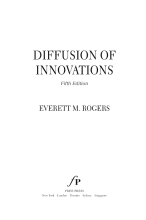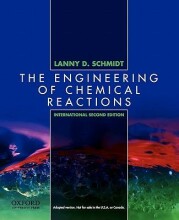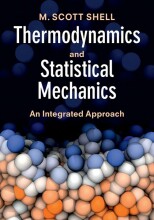Ideal vapor-liquid equilibrium
7 important questions on Ideal vapor-liquid equilibrium
When can a solution be considered ideal?
- A strongly dilutes solution. For example salt in water.
Considering a closed, ideal, system with species A and B, constant P and T, what variables contribute to the equilibrium condition of the system?
Because all interactions: A-A=A-B=B-B, there is no change in H.
Only the entropy S remains.
Explain the variables in the Boltzman entropy: 
- Higher grades + faster learning
- Never study anything twice
- 100% sure, 100% understanding
For a two component ideal mixture, how can the Bolzman entropy be calculated?
The sum of configurations is calculated as follows:
How can the Gibbs free energy for an ideal solution be calculated?
How is the chemical potential of one component in an ideal solution derived?
on the phase line :
Taking the partial derivative of G:
How is the chemical potential of component i in an ideal gas mixture expressed?
where y is the molar fraction of gas.
The question on the page originate from the summary of the following study material:
- A unique study and practice tool
- Never study anything twice again
- Get the grades you hope for
- 100% sure, 100% understanding































